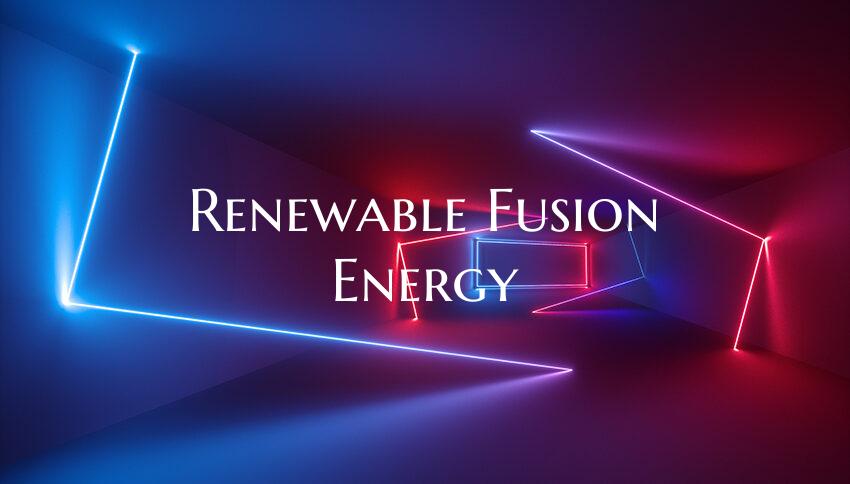Renewable Fusion Energy
Introduction: Fusion energy has long been hailed as the Holy Grail of sustainable power generation, offering a virtually limitless and clean source of energy. Unlike traditional fossil fuels that emit harmful greenhouse gases, fusion energy holds the promise of providing abundant power without contributing to climate change. In recent years, significant advancements have been made in the field of renewable fusion energy, bringing us closer to realizing its full potential.
Understanding Fusion Energy: Fusion occurs when two light atomic nuclei combine to form a heavier nucleus, releasing a tremendous amount of energy in the process. This process is the same that powers the sun and other stars, making it a highly efficient and powerful source of energy. Unlike fission, which is the process behind nuclear power plants, fusion does not produce long-lived radioactive waste, making it a much safer and more sustainable option for energy production.
Challenges and Progress: While the concept of fusion energy has been around for decades, creating a practical and viable fusion reactor has proven to be a major scientific and engineering challenge. One of the main hurdles in achieving sustainable fusion reactions on Earth is the need to create and maintain the extreme conditions required for fusion to occur, including high temperatures and pressures. However, recent breakthroughs, such as the development of advanced confinement techniques and plasma heating methods, have brought us closer to achieving sustained fusion reactions.
Experimental Fusion Reactors: Several experimental fusion reactors are currently in development around the world, with the goal of demonstrating the feasibility and viability of fusion energy as a practical power source. Projects like ITER (International Thermonuclear Experimental Reactor) in France and the National Ignition Facility in the United States are paving the way for the commercialization of fusion energy. These projects aim to achieve controlled fusion reactions that can generate large amounts of clean, renewable energy.
Benefits of Fusion Energy: The potential benefits of renewable fusion energy are immense. Not only does fusion offer a nearly endless supply of fuel in the form of isotopes of hydrogen, such as deuterium and tritium, but it also produces no greenhouse gas emissions or long-lived radioactive waste. Fusion reactors have the potential to provide a reliable and stable source of energy, reducing our dependence on fossil fuels and helping to combat climate change.
Conclusion: Renewable fusion energy holds great promise as a clean and sustainable alternative to fossil fuels. While significant challenges remain, ongoing research and development efforts are inching us closer to realizing the full potential of fusion energy. As we continue to invest in fusion technology and innovation, we move one step closer to harnessing the power of the sun here on Earth and securing a brighter, cleaner energy future for generations to come.

